Commotio Cordis: Secret Killer in Young Athletes
- Aug 27, 2018

With sudden cardiac arrest (SCA) being the number one cause of death among student athletes, parents and coaches must be prepared for such an unimaginable event.
Safety always comes before the game, especially when young people are involved. With sudden cardiac arrest (SCA) being the number one cause of death among student athletes, parents and coaches must be prepared for such an unimaginable event. Often times, SCA occurs in student athletes for one of these three reasons: A blow to the chest (Commotio Cordis); structural heart defects (hypertrophic cardiomyopathy, Marfan syndrome, etc.); or electrical heart defects (long QT syndrome, Wolff-Parkinson White Syndromes, etc.).
Commotio Cordis is Latin for “agitation of the heart,” which occurs when there is a blow to the chest between heartbeats. This can trigger an SCA. According to a report by the UT Southwestern Medical Center, many of these incidents take place when youths are playing baseball, where the ball has the ability to travel at very high speeds. For example, when a student athlete is struck in the chest with a baseball, the heart will go into ventricular fibrillation. This means the heart will begin an uncoordinated quivering, and unless an external automatic defibrillator (AED) is present to shock the heart back into its appropriate rhythm, it will eventually stop.
Though Commotio Cordis is considered a rare event, is still the second most common cause of sudden death among athletes. It is most common in teenage boys, usually dropping off around the age of 20. The age factor —according to the UT report — could be related to the strengthening of the chest wall and a decline in playing sports after high school. Regardless, coaches and parents should learn to recognize the signs of Commotio Cordis in order to ensure the right precautions are taken for the safety of these athletes.
Be AED and CPR ready should you notice any of the below risk factors in a young athlete, especially if it follows trauma to the chest:
- Fainting or seizures during or after exercising
- Any indication of chest pains
- Unexplained shortness of breath or long time to catch breath
Shop AED packages and be prepared in the event of a sudden cardiac arrest event during youth sports.





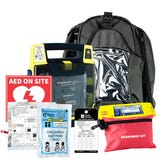
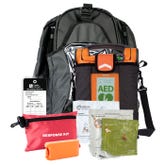
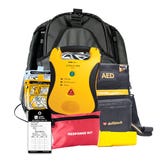
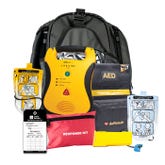
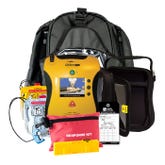
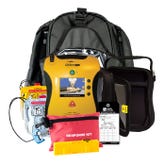
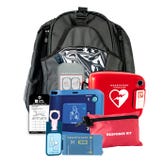
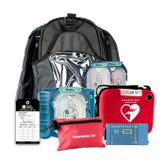
 CALL US:
CALL US: